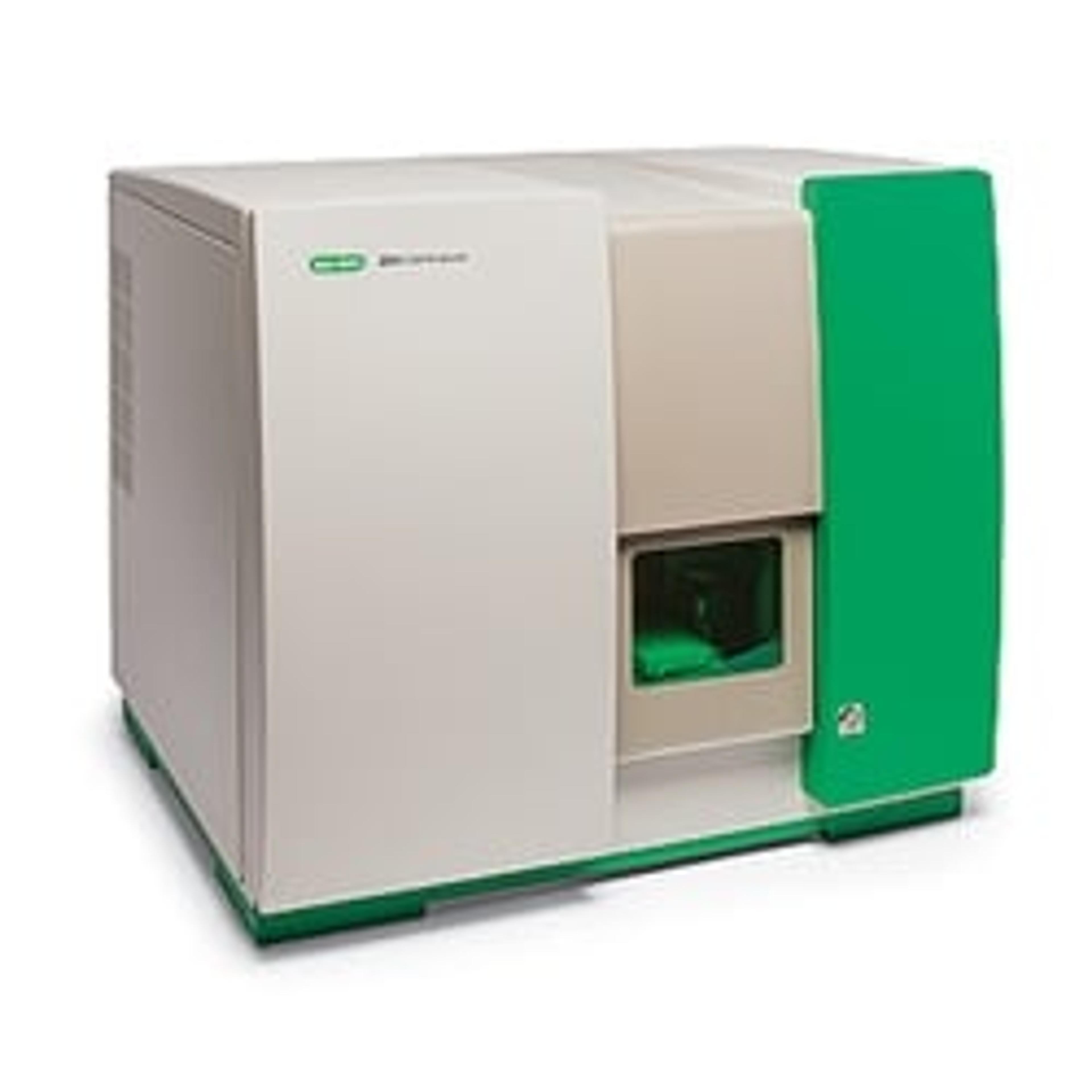COVID-19: Meet the scientist making significant advances to better understand our immune system
Leading scientist reveals more about her groundbreaking research exploring T cells that target SARS-CoV-2, which has inspired scientists from across the world to understand how T cells, rather than antibodies, drive immunity to the virus
11 Oct 2022

In this exclusive SelectScience® interview, we speak with Dr. Alba Grifoni, Instructor, in the lab of Dr. Alessandro Sette at the La Jolla Institute for Immunology, to find out more about her revolutionary research dedicated to exploring immune cell responses to COVID-19. Grifoni shares how her research has helped her, along with many others, to understand the mechanisms behind T cell function, and how these cells can effectively target SARS-CoV-2 during acute infections. Grifoni also explains how the body’s T cells are able to effectively recognize different COVID-19 variants. This innovative scientist will also explore how this work inspired many other scientists from across the globe to investigate T cells, rather than antibodies, and shares how her findings gave hope to many others, by demonstrating that a COVID-19 vaccine could be made possible.
T cell immunity: Taking scientific research to the next level
From a threat to a pandemic, coronavirus has transformed life as we know it. As coronavirus began to spread across the globe, Grifoni and her team got straight to work, to gain an understanding of how the immune response fights against SARS-CoV-2, the virus that causes COVID-19. “There are multiple components of the immune response which help us to prevent infection or control the severity of the disease. Antibodies are able to prevent the virus from infecting cells, however, when this type of response cannot fully stop the infection, T cells play an additional role,” explains Grifoni. “T cells are able to detect if cells are infected via the recognition of a piece of the virus on the surface of the infected cells, and they're then able to kill it (CD8, killer T cells). They can also help the rest of the immune system including B cells – which are the cells that produce antibodies to fight the virus more effectively (CD4, helper T cells),” says Grifoni. T cells or T lymphocytes play a vital role in the adaptive immune response and their response is determined by the specificity of viral antigens presented on the surface of infected cells in the body. T cells circulate throughout the body until they encounter an infected cell and respond to it.
“I have been passionate in my career in understanding the role that T cells play in viral infection, so when the COVID pandemic started the first natural question I had was, is there a T cell response and an immune response in general? We were one of the first teams worldwide to actually show it. This is why our study was mentioned in a Congress hearing by Dr. Fauci at the beginning of 2020,” explains Grifoni. “We now understand that T cells are much more stable in their ability to recognize variants, particularly in the context of Omicron and now we are interested in understanding how T cells can be explored to better understand SARS-CoV-2,” says Grifoni.
Delving further into the research, T cells recognize small fragments of the viral protein presented by the infected cells on their surface. “These fragments together with HLA molecules are very important for T cells to be able to recognize viruses. The human leukocyte antigen system (HLA), plays many key roles in the immune system. It is a complex of genes, which specifically encodes cell surface molecules specialized to present antigenic peptides to T cells. Each one of us has different HLA molecules, and this is why the T cell response is very different from individual to individual,” explains Grifoni.
“T cells can recognize almost all of the proteins of SARS-CoV-2; in our study, we show that 8-9 (out of over 25 of them) are recognized by our T cells after infection. Therefore, even if the virus mutates, and my own T cells do not recognize it, this does not necessarily mean another person is going to have the same problem. Therefore, when we think at the population level, T cells are much more stable against the variant of concern than antibodies are,” states Grifoni. Referencing B cells, Grifoni asserts, “I believe that B and T cells work as a team and I think both are incredibly important in helping us to fight SARS-CoV-2 and preventing disease severity.”
Flow cytometry: Overcoming setbacks
Grifoni used flow cytometry to help advance her research further. The team at the La Jolla Institute for Immunology not only wanted to study T cells, but also aimed to understand which specific epitope was recognized by the T cells. “We wanted to be able to understand which population of T cells, CD4 or CD8, were able to recognize the epitopes. Therefore, we had to run a lot of different samples and we needed the granularity to be able to distinguish which T cell population recognizes what, this is why we chose flow cytometry.” Speaking directly about her technological challenges, “the first challenge we have faced was that there were many samples to run, and we wanted to do so as fast as possible. To help overcome this issue, we chose to use a high-throughput system. This enabled us to run flow cytometry assays via plates, and to also apply a specific algorithm to analyze the data faster. It did take us quite a while to design this pipeline, but we managed to achieve this fully at the beginning of 2021.” This system has allowed Grifoni to generate faster results whenever she needs to investigate how a T cells responds against SARS-CoV-2.
To help Grifoni achieve her research goals, she uses the ZE5™ Cell Analyzer from Bio-Rad. The ZE5 Cell Analyzer is an innovative flow cytometer designed with flexible configurations to meet a broad range of research and throughput needs. This flow cytometer can detect up to 100,000 events per second and is integrated with a sample loader capable of processing a 96-well plate in less than 15 minutes. It also accepts a broad range of sample formats including 96- and 384-well plates and includes temperature control and vortexing to maintain cell viability and prevent clogging. It can be equipped with up to five lasers and 30 parameters and is suitable for novice users as well as experienced flow cytometry professionals.
Look to the future
Looking ahead, Grifoni shares her exciting new research plans, “we now know that T cells are both important and stable in COVID-19 infections. So far, the studies that have been done are focused on infection or vaccination, yet we don’t really understand what's happening during breakthrough infections.” Grifoni and her team are now interested in investigating breakthrough infections in the context of SARS-CoV-2, and they aim to find out if T cells play a major role in these infections. “T cells also seem to be incredibly important in limiting disease severity. Therefore, we can see that other types of viral infection should be studied in order to understand if we can leverage this T cell information to minimize severity of the disease.” Grifoni has used the valuable knowledge she has recently acquired to continue to advance science, particularly and more recently in the realm of monkeypox.
Selected Publications
Grifoni, A. et al (2020). Targets of T Cell Responses to SARS-CoV-2 Coronavirus in Humans with COVID-19 Disease and Unexposed Individuals. Cell. 2020 Jun 25;181(7):1489–1501.
Tarke, A. et al (2022). SARS-CoV-2 vaccination induces immunological T cell memory able to cross-recognize variants from Alpha to Omicron. Cell. 2022 Mar 3;185(5):847–859.
Tarke, A. et al (2021). Impact of SARS-CoV-2 variants on the total CD4+ and CD8+ T cell reactivity in infected or vaccinated individuals. Cell Reports Medicine. 2021 Jul 20; 2(7).
Tarke, A. et al (2021). Comprehensive analysis of T cell immunodominance and immunoprevalence of SARS-CoV-2 epitopes in COVID-19 cases. Cell Reports Medicine. 2021 Feb 16; 2(2).

